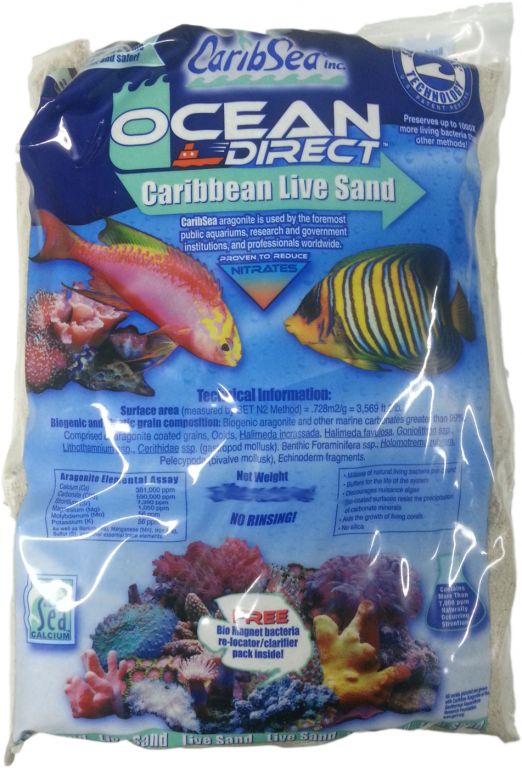

Where ooids grow through physical accretion, they tend to have thin concentric layers analogous to tiny tree rings, except they are spherical instead of cylindrical. They accomplish this either (1) by the physical attachment of fine-grained material as they roll around, much the way a ball of snow grows when you roll it around to make a snowman, and (2) by the chemical precipitation of material out of solution, much like salt crystallizes from water when you evaporate it. Unlike these grains that are created through the abrasion and diminution of pre-existing materials, ooids actually form by growing larger and accreting material as they move around. Much of the material in limestone is derived from the break-up of the calcareous hard parts of organisms such as clam shells and coral sticks, and more is derived from the erosion of previously deposited muds. Such minerals are rich in the element silicon, so they are referred to as silicates, but even most limestones consist largely of fragments of pre-existing carbonate materials.

Sandstones, for example, consist largely of quartz, feldspar, and fragments of other minerals typically found in granites and the other types of bedrock that make up our continents. Most types of sand are created through the breakdown of pre-existing rocks and crystals. Most ooids consist of the chemical compound CaCO3 (calcium carbonate), so most oolites belong to the group of rocks known as LIMESTONES. The unusual name reflects the fact that grains of oolitic sand are highly reminiscent of fish eggs or roe when examined closely. After they have been buried under additional sediment, such sand grains can be fused into a solid mass of sedimentary rock known as an OOLITE. OOIDS are a distinctive type of sand that usually form on the sea floor.


 0 kommentar(er)
0 kommentar(er)
